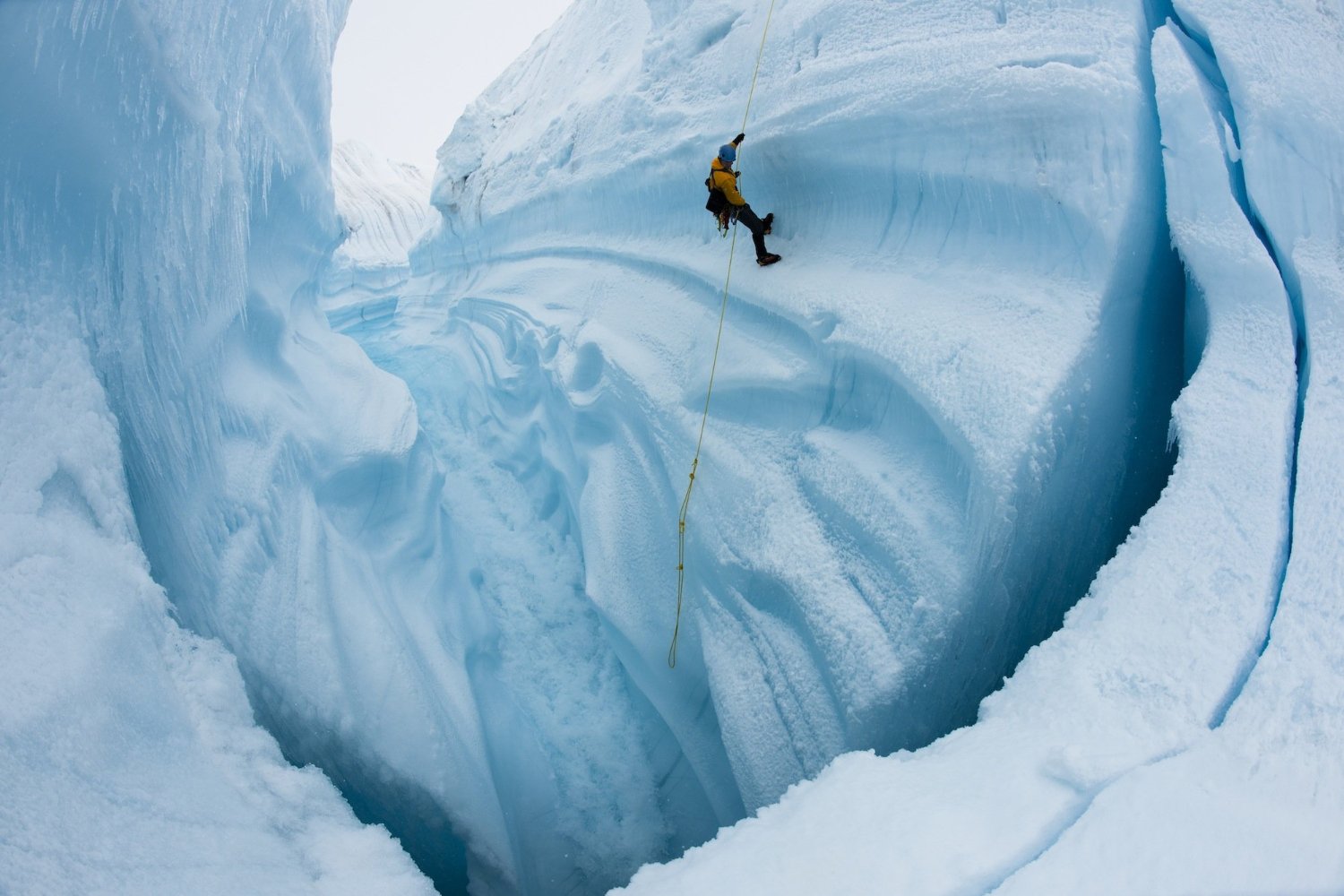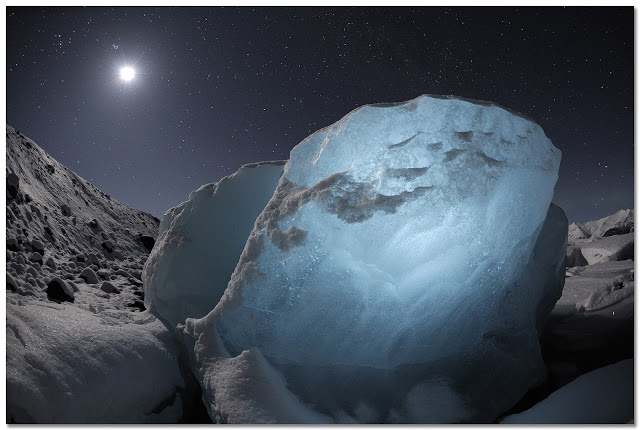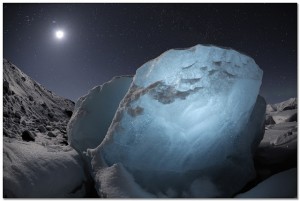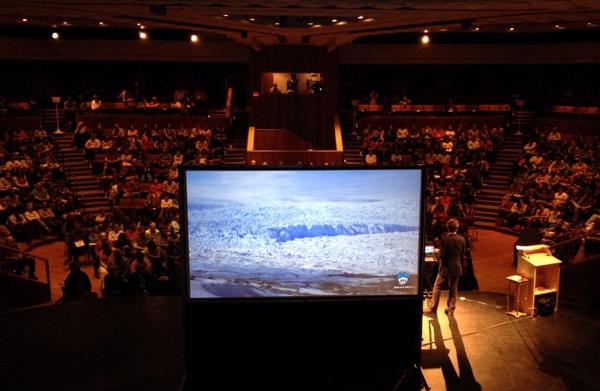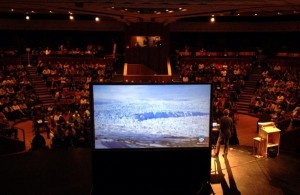In the two weeks since seeing James Balog’s film Chasing Ice for the first time, and getting the special experience of interacting with him in class, I have been struggling with and mulling over his words and images. My aunt had suggested the documentary to me when it was first released but I was hesitant to watch it, to the point where I blatantly avoided the film. At one point in the film Balog said that in his work he finds, “the miracle and the horror of it.” Before watching his film, I could only find the horror of it. I refused to watch his film originally because I knew it would terrify me, I knew the possibility of his work creating hope for a “negligible” impact was none, and that it would force some realizations about my future I was not ready for.
Yet, in watching in and interacting with him, my experience was different than what I anticipated. His images were shocking, and alarming, but they also contained an unexpected beauty and emotion that is hard to place. At times the images were difficult to see but impossible not to be gripped by. Even now thinking back to it, or looking at the small exhibit in the library, I find it challenging to cope with both the miracle and the horror, as Balog aptly put words to. Fully understanding climate change as a concept, as well as its impacts are naturally hard to grapple with. However, Balog’s work provides important insight that would be impossible to get elsewhere. It shows the speed of the system, the desperate need for action and the role of the individual in coping with it.
In talking with Balog he said that before the Extreme Ice Survey he was a pessimist about climate change but since the experience his attitude has changed. I feel my perception on climate change as changing in a similar way. The magnitude of the problem is almost beyond a comprehensible scale but that does not mean nothing can be done. He said that in taking action on climate change each person has to do what they are capable of, for him it was his pictures, but each person is is something unique. For me, this means there are an unlimited number actions to be taken individually and collectively to confront climate change. The power locked within this, I am hopeful, has the potential to create a miracle.

